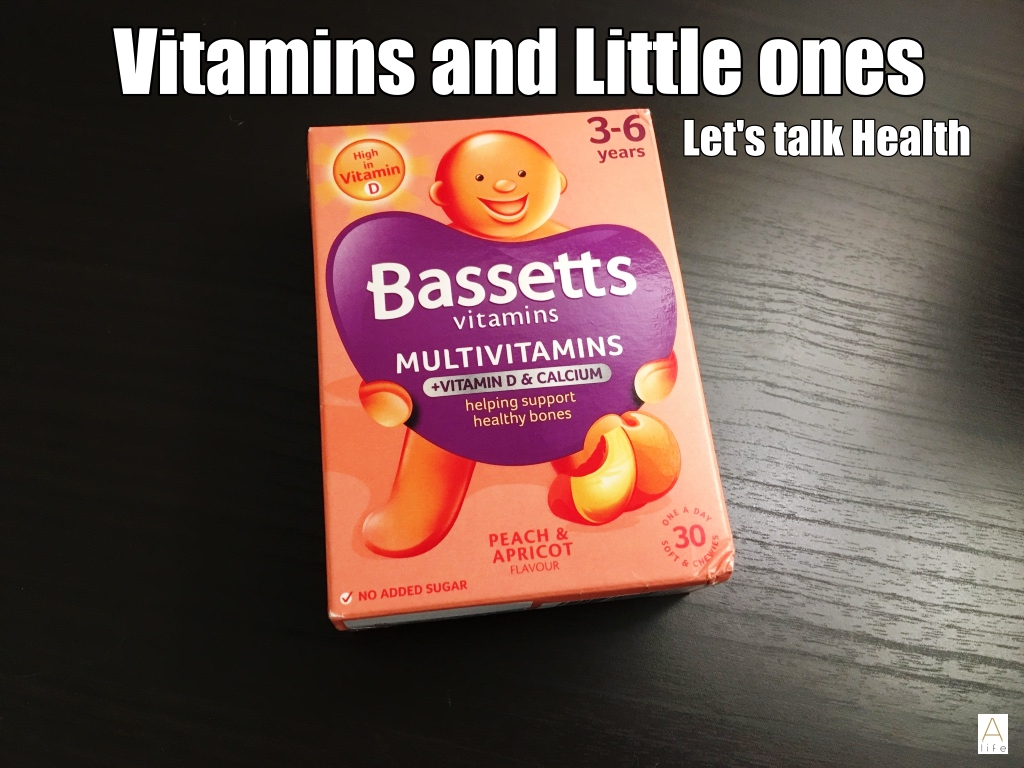If your baby loves carrot puree one day but pushes it away the next, or if you find yourself begging your little one to eat, you’re not alone.
Between 20% to 50% of kids are described by their parents as picky eaters.
Why do babies turn into picky eaters? What are the signs? And what can you do about it?
Every child is different, we all know that.
But you can read a lot of things regarding their stage in weaning or what they can eat.
RJ can eat from a fork, can eat from “grown up food”, which he found hilarious, but he can’t eat a cookie without gagging. I started to get worried if I was doing something wrong, but then after so many researches (as always), I noticed that it wasn’t only the cookies he didn’t want… It’s all the chocolate or sugary things (which is good). I am giving him some news flavors, for him to try, not to addict him, but to see what flavors he likes.
…And he doesn’t like cheese, Leek or spring onions in his food like I don’t like onions…
Understanding the Signs for a Picky Eater
The symptoms of a picky eater can seem pretty obvious: Your baby may push away the spoon or turn his head from it. She might close her mouth as you try feeding her, spit out food, or become cranky or tired at mealtime.
Yet these signals don’t necessarily mean your baby is picky. They can also be signs your little one is simply full, distracted, or not feeling well.
A baby can seem picky for dozens of reasons, or no reason at all.
He may have an immature digestive system, which will cure itself with time.
She might be teething, have an infection, food allergy, or just may not be ready for solid foods yet.
As long as growth and weight gain are normal and the baby is achieving his or her milestones, there’s usually no reason to worry about a fussy baby who prefers a limited diet. But if you find yourself worried about infant feeding problems, talk to your pediatrician before trying the following tips.
Tips to Help Tame a Picky Eater
Never force feed! They are stubborn and will be a struggle!
If your little one turns her head from the spoon, she’s telling you clearly she’s had enough, even if it seems she’s had very little.
Trust that your child will eat what she needs. If you force baby to eat despite these signs, your little one may start associating eating with tension and discomfort, and become even more fussy.
Try different textures. Even babies have food preferences. Some enjoy wet foods, while others may prefer finger foods. RJ likes wet foods, soups and full meals, like Shepherds pie or pasta.
Some may want to graze through a half dozen mini-meals, while others may favor liquids over solids for a time.
Make sure that you do not feed your child “junk” in order to get him to eat. Offer healthy options and he’ll develop a taste for them.
Transform the pace in which you feed him.
Some babies want to eat fast, others slow. Could you be frustrating your little one with the wrong feeding tempo? There’s only one way to find out: Try slowing down the next feeding, or picking up the pace.
Minimize distractions. Make food the focus of mealtime. Turn off the TV, remove toys and books, and help your little one focus on one thing: Eating.
Keep meal length reasonable. It’s tempting to let a picky eater take as long as she wants to eat. Although you shouldn’t rush mealtime, don’t let it go on much longer than 20-30 minutes.
Let baby touch his food. You probably wouldn’t eat a food you’ve never seen before without first looking it over. Your baby is the same, so let your little one touch a new food before you offer it.
Follow your baby’s timeline. Most babies begin eating solid foods between 4 and 6 months, but some may start a little earlier, others later. As with crawling, walking, potty-training, and just about every other infant milestone, there’s no perfect time, it’s your baby’s time.
Let your baby participate. By about 9 months, many babies are interested in trying to feed themselves. Although your picky eater is likely to make a mess waving around the mealtime spoon, letting him take control is important to a child’s growth and development.
It’s natural for babies to slow down their feedings. As they reach the end of their first year, babies’ growth tends to slow. So, too, can their calorie needs. Be patient; growth spurts are on the way.
Keep trying, gently. Some babies may need to try a food eight, 10, even 15 times before they enjoy it, so be patient and continue to revisit a rejected food over time, time as long as there are no allergy concerns.
Don’t let on that you’re frustrated or angry. React emotionally to a picky eater and even a 1-year-old will understand her power over you. Realize that you want your baby to eat for her own well-being, not to please you — and that baby’s rejection of a food is not a rejection of you.
Understand who’s responsible for what. It’s your job to feed your baby, but it’s your baby’s responsibility to decide what and how much to eat. Children will always eat when they’re hungry. As long as a child is growing and gaining weight, and you are feeding him healthy foods.
There’s little need to worry about a baby who’s a picky eater.
Cheerio







